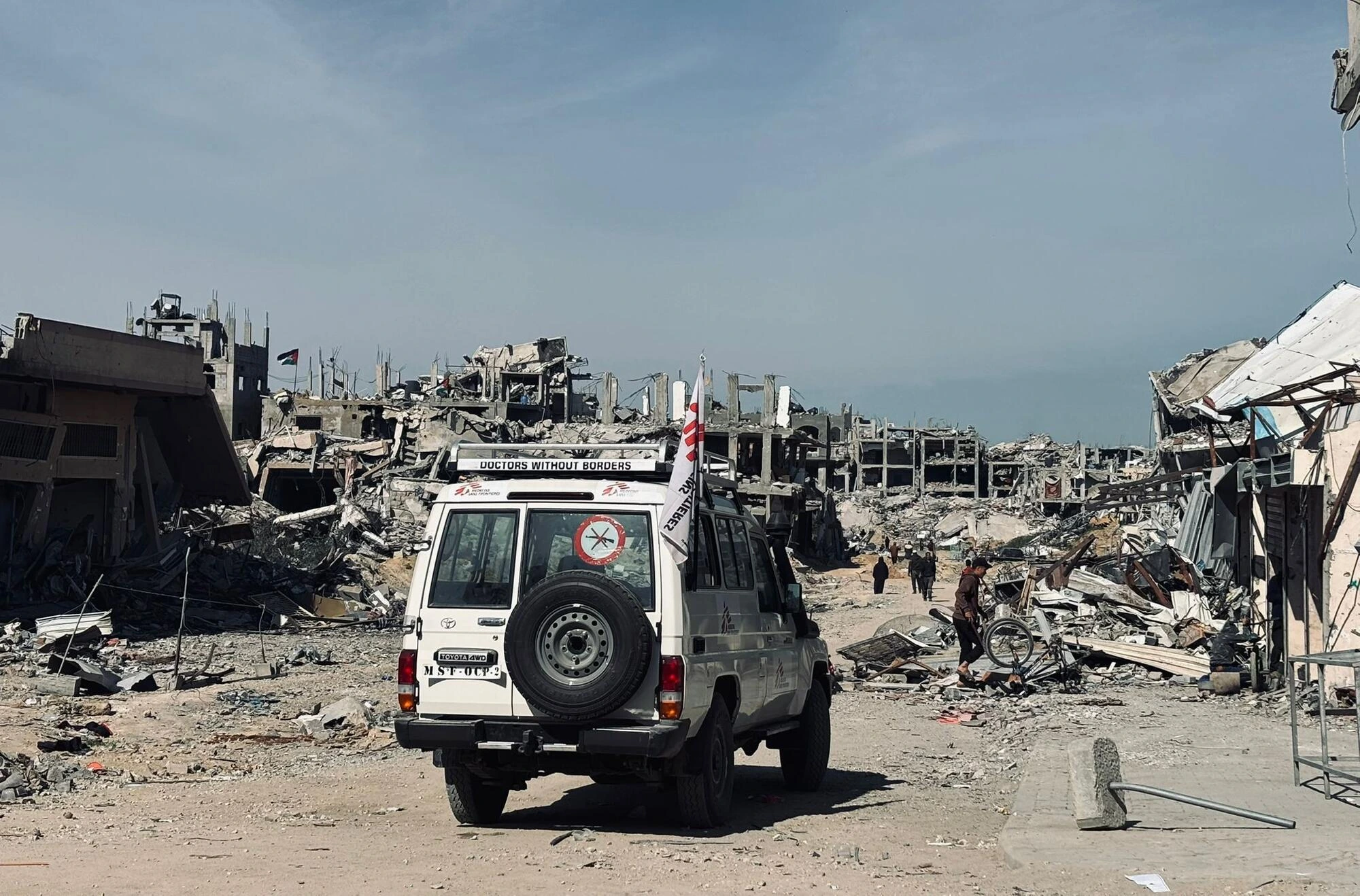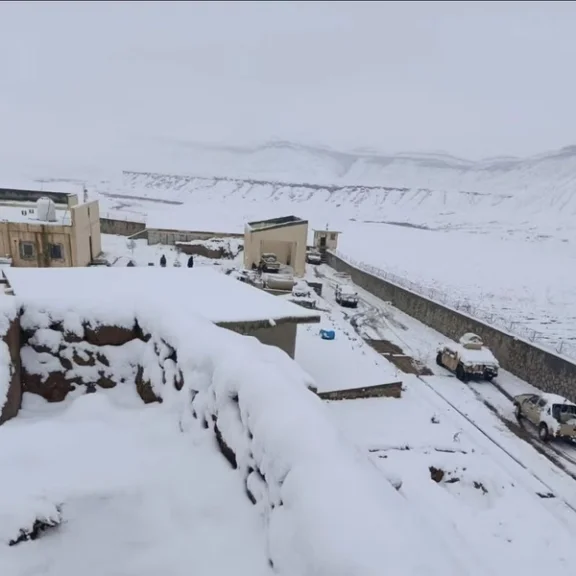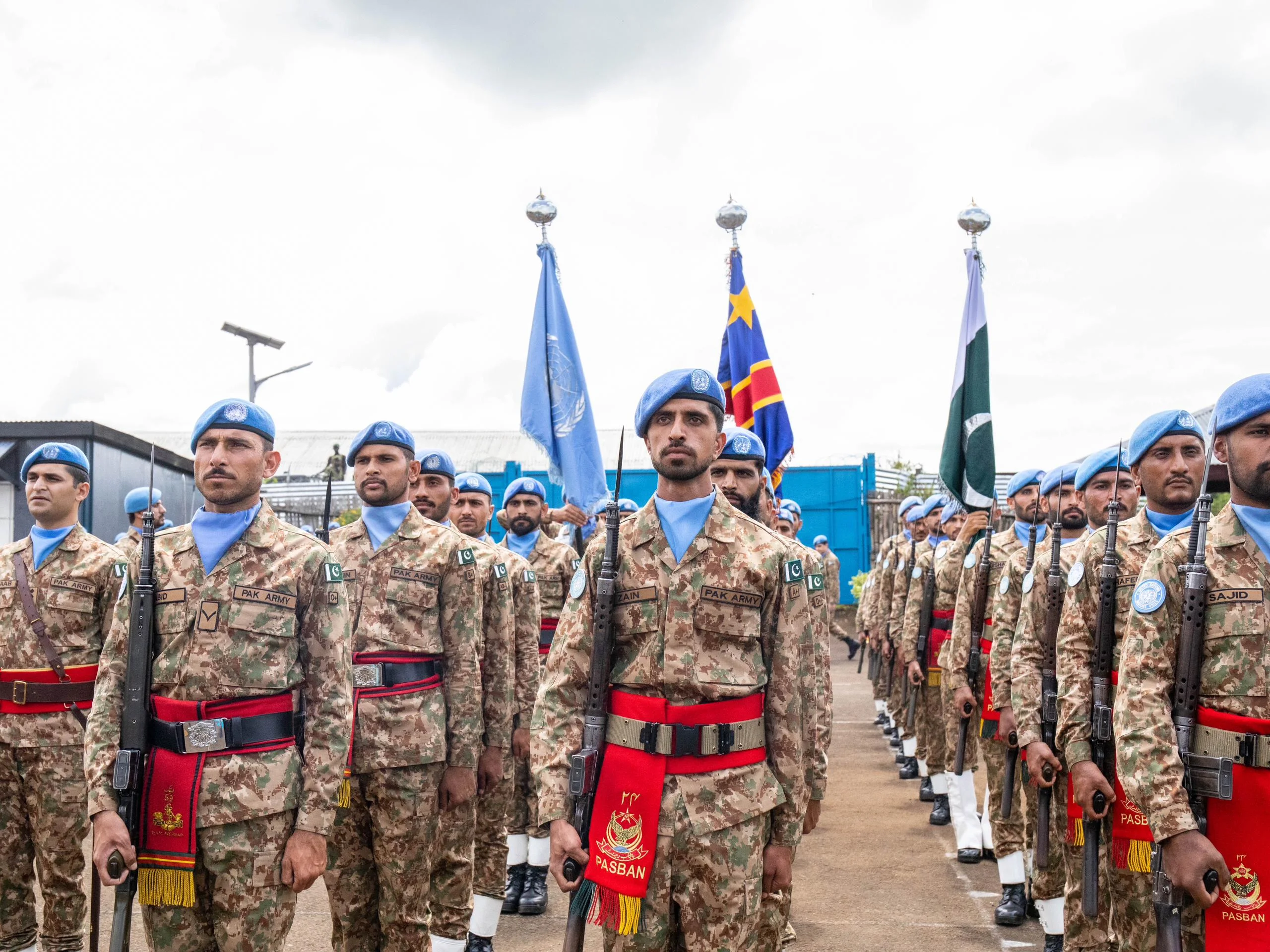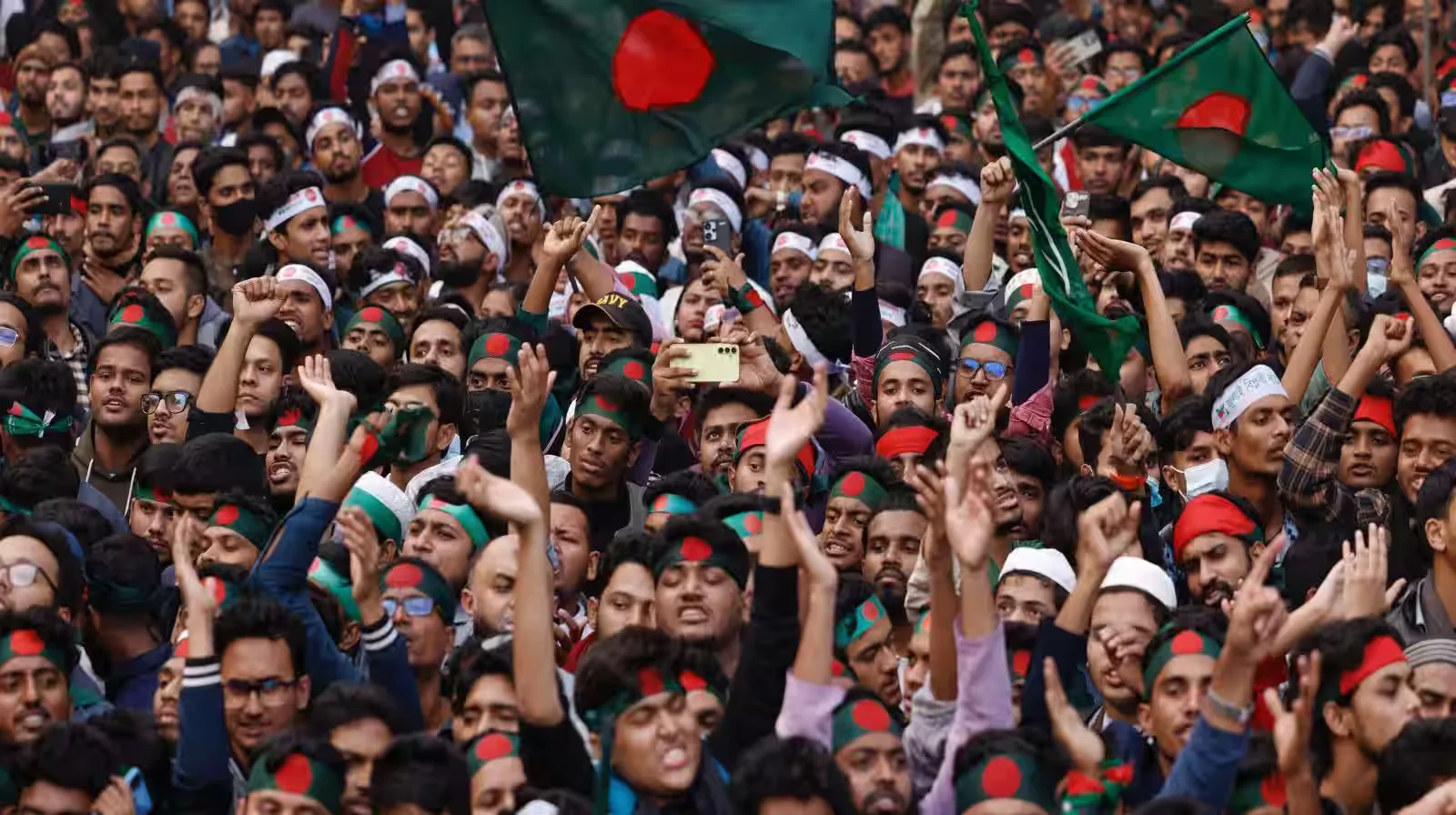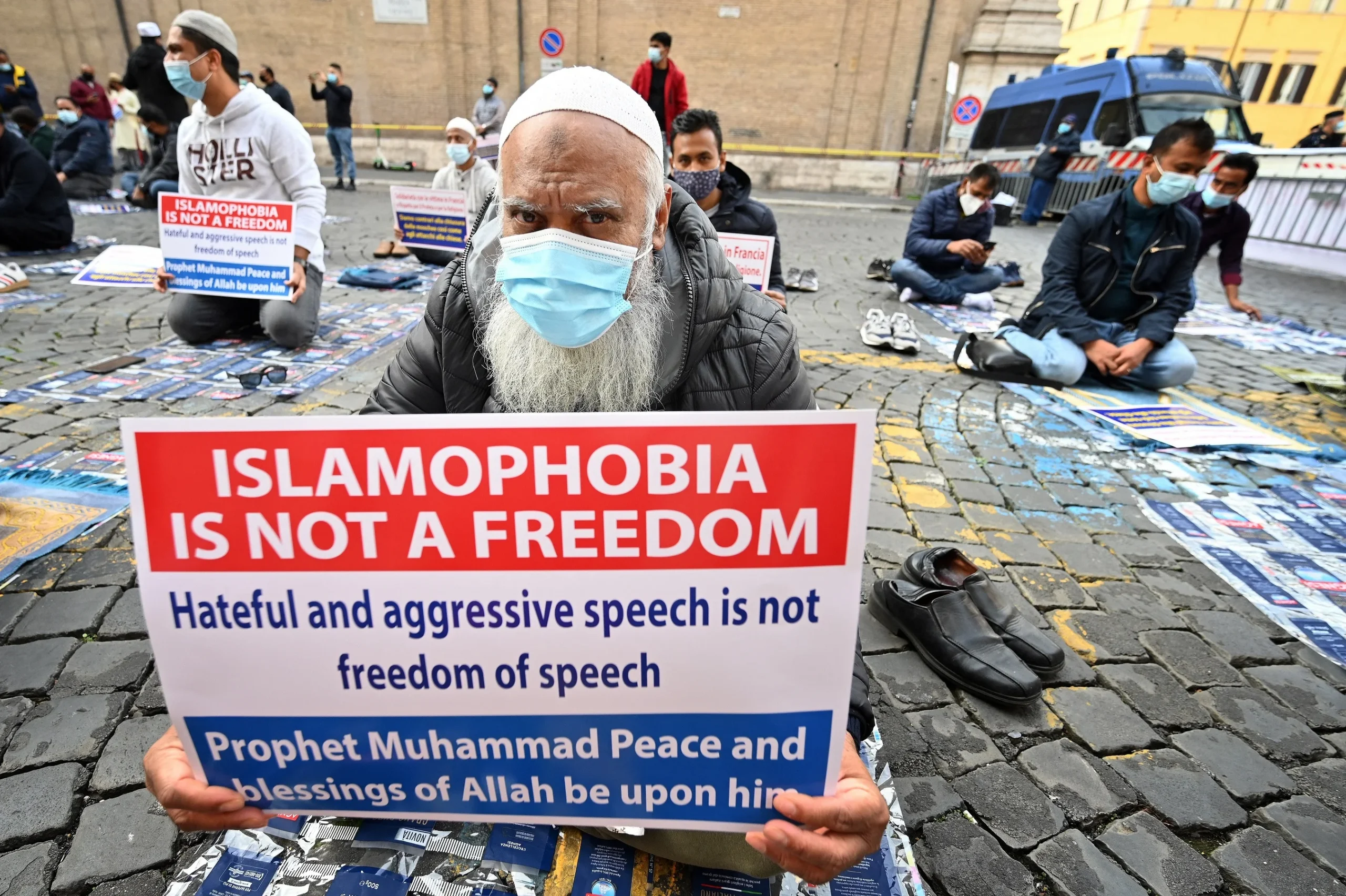While U.S. President Donald Trump attempted to cast himself as a peace broker in pursuit of a Nobel Peace Prize. Israel struck Qatar during Hamas–U.S. ceasefire negotiations on September 9, 2025. At least 15 Israeli fighter jets fired ten munitions at a single target, while Israeli media reported that drones also took part in the operation, codenamed “Fire Summit.” The strike, launched from more than 1,000 miles away, hit a complex near the Woqod petrol station on Wadi Rawdan Street, close to Doha’s West Bay Lagoon district. The Israel Defence Forces (IDF) claimed it had targeted individuals “directly responsible for the brutal October 7 massacre.”
Who Were The Targets?
Senior Hamas leaders Khalil al-Hayya and Khaled Mashal were reportedly the intended targets. Hamas later confirmed that five of its members and a Qatari officer were killed, though the senior leaders themselves survived. Those killed included Jihad Labad, the director of al-Hayya’s office; Humam al-Hayya, son of Khalil al-Hayya; and three of his bodyguards—Abdullah Abdul Wahid, Moamen Hassouna, and Ahmed al-Mamluk.
Al-Hayya’s prominence has grown since the assassinations of top Hamas leaders Ismail Haniyeh in Tehran, Yahya Sinwar in Gaza, and Mohammed Deif in 2024. Today, he is one of five key figures steering Hamas’s leadership council. Another likely target of the Doha strike was Zaher Jabarin, Hamas’s chief financial administrator.
Ceasefire Broken in Gaza
The world slept, but Israel struck again. It was not the first time negotiations meant to preserve a fragile truce were shattered. Barely two months after Palestinians began trying to rebuild their shattered lives, Israel broke the ceasefire.
On March 18, 2025, Israeli airstrikes killed more than 404 people in a single night, while they were asleep in their homes. The assault ended a ceasefire agreement that had been in place since January 19, 2025, under a hostages-and-prisoners exchange deal between Israel and Hamas-led resistance groups in Gaza. The truce had facilitated eight rounds of exchanges, but its collapse reaffirmed a grim reality: Israel has no interest in peace.
Qatar as a Mediator Zone
Qatar’s reputation as a neutral mediator suffered a severe blow. Hamas had opened its political office in Doha in 2012 after leaving Syria, encouraged by Washington to establish indirect channels of communication. In a 2023 Wall Street Journal op-ed, Qatari Ambassador Meshal bin Hamad Al Thani emphasized that hosting Hamas did not equal endorsement, but rather served mediation purposes. The office was often used to de-escalate conflicts. Qatar also hosted the Afghan Taliban’s political office at the U.S.’s request in 2013, while simultaneously hosting the U.S.’s largest Middle Eastern base—Al Udeid airbase.
Israel’s Expansionist Ambitions
The attack also raises questions about U.S. allyship with Qatar—considered Washington’s strongest non-NATO ally—as Israel’s strikes are no longer confined to Gaza. They now extend to Lebanon, Syria, Yemen, Iran, and most recently, Qatar. Many view this as Prime Minister Benjamin Netanyahu’s pursuit of a “Greater Israel,” a vision often compared to India’s “Akhand Bharat.”
While Netanyahu’s rhetoric is recent, the idea of “Greater Israel” is neither new nor clearly defined. For some, it feels increasingly relevant amid Israel’s ongoing genocide in Gaza. The concept draws on Biblical references from Genesis, Deuteronomy, and Samuel, interpreted by ultra-nationalist Israelis as spanning Palestine, Lebanon, Jordan, Syria, Iraq, Egypt, and parts of Saudi Arabia. It was first articulated by Theodor Herzl, the father of political Zionism, who wrote in his diaries that the Jewish state should stretch “from the Brook of Egypt to the Euphrates.” The 1967 Arab-Israel War—when Israel seized Gaza, the West Bank, the Golan Heights, and Sinai—revived this expansionist vision among religious Zionists.
Military Technology Behind the Attack
According to the Australian Broadcasting Corporation, citing Ahmed Hashim, professor of war studies at Deakin University, Israel likely deployed its modified Adir F-35 fighter jets equipped with extended fuel tanks, supported by F-15I Ra’am jets. These aircraft are designed for long-range precision strikes from stand-off distances, making them exceptionally difficult to detect. Qatar’s prime minister confirmed that the strike went completely undetected by radar—an outcome consistent with the stealth capabilities of the F-35I. The attack took place at 3:46 p.m., yet the U.S. only informed Qatari authorities at 3:56 p.m., after a delay of ten minutes. This delay has fueled suspicions of American complicity in the operation.
U.S. and Trump’s Dilemma
Israel’s government insisted the operation was entirely independent. The White House claimed ignorance until it was too late. President Trump appeared embarrassed, saying he was “not thrilled” and assured Qatar such an incident would not recur. It was the first-ever strike on Doha—one of the world’s most secure cities—prompting Muslim outrage. Western allies such as the UK, France, Germany, Canada, Belgium, Norway, Spain, Italy, Australia, and New Zealand offered only muted criticism.
Israel’s Genocidal War in Palestine
Israel is not stopping. It will not. Its thirst for blood only grows. According to the Gaza Health Ministry, since October 7, 2023, Israel has killed more than 64,605 Palestinians as of September 9, 2025. Thousands remain buried under rubble, suggesting the toll is far higher. Every attempt to pass resolutions against Israel’s war crimes at the UN has been vetoed by the U.S. Despite the International Criminal Court issuing arrest warrants for Netanyahu, he received a standing ovation in the U.S. Congress. Israel’s aggression has spread from Gaza to Lebanon, Syria, Yemen, Iran, and now Qatar. Pakistan’s Defence Minister Khawaja Muhammad Asif has already warned:
“Thinking that going soft on Israel will keep Arab countries safe is a folly.”
Whose door will be next? If the world has not grasped the scale of this expansionist project yet, then when will it?
The views expressed in this article are the author’s own. They do not necessarily reflect the editorial policy of the South Asia Times.

